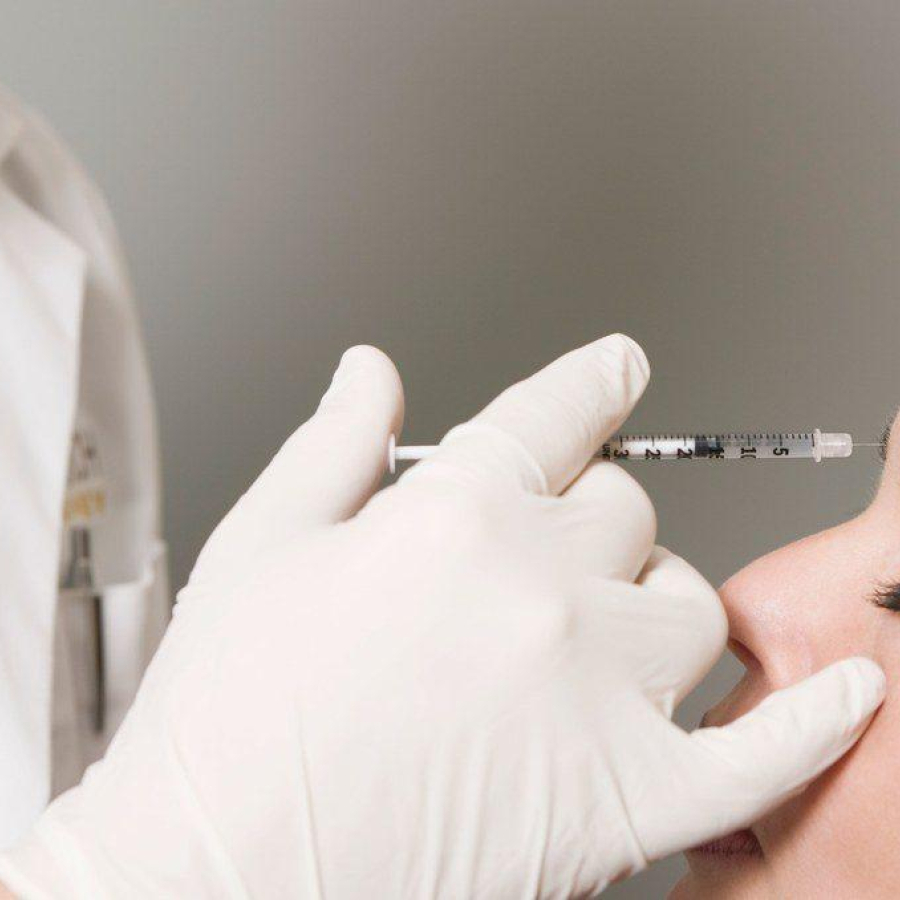
Legal
Second California Law That Affects MSOs Passes
California has now passed two laws that will have an effect on how investors, health care entities and management services ...

Show your committment to patient safety, legal compliance and community over competition.
AmSpa members receive preferred pricing on all AmSpa live and virtual trainings.
Get the latest news and information about safe, legal practice in medical aesthetics directly in your inbox.
Get access to med spa laws, in-person and online training and more!
Posted By Madilyn Moeller, Tuesday, August 10, 2021

By Patrick O'Brien, JD, Legal Coordinator, American Med Spa Association
Recently, California's Senate Bill 642 (SB 642) has been among the biggest topics in medical spa legal circles. You may already be familiar with it or have heard others talk about it, but you may not know the specifics of the bill and the broader implications it may have on the medical aesthetic industry as a whole.
SB 642 originated in the California Senate for the 2021 term. The bill's stated goal was to further strengthen the independence of the practice of medicine from non-medical or business interests. The idea that a physician's professional duty to a patient can be interfered with if a businesses' profit motives are allowed to reign is a common concern in nearly every state. To counter this, many states, including California, prohibit or restrict who may own medical corporations or practices to only certain licensed professionals. The common exceptions to this are for health care facilities that are licensed by the state, such as hospitals, certain types of clinics and ambulatory surgery centers.
SB 642 seeks to ensure that physicians and medical staff cannot be restricted or limited from discussing or offering any medical treatment or service or exercising their independent medical judgment. For licensed facilities, the only way these types of limitations can be in effect is if they are approved by the medical staff. SB 642 then goes on to outline and prohibit a number of possible ways, both directly and indirectly, that these restrictive policies could be enforced against the physicians.
On the surface, this may seem to have very little to do with medical spas. Often, new laws or rules in the area of medical aesthetics are focused on requirements surrounding procedures. These changes generally attempt to promote public safety and protect patients. These proposals may set minimum supervision or training requirements or limit or expand what license is needed to perform certain treatments. While these types of changes can be disruptive to medical spas, for the most part, their impact can be addressed with relatively minor changes in staffing or training.
However, a single section in SB 642 could massively change how medical spas are able to form their corporate entities and operate. SB 642 would prohibit medical corporations from making agreements or contracts regarding the management or control of their assets or business functions. As mentioned earlier, California limits who may own a medical practice, and, by extension, a medical spa. Of course, opening and running any small business—let alone a medical spa—are full-time jobs in themselves, so physicians and medical providers frequently will contract with businesses who specialize in running the "business" aspects of medical spas. These are commonly known as management service organizations (MSOs).

If passed, SB 642 could make these types of business relationships illegal and require that medical practitioners bring all of their business functions "in house," losing the cost-savings that come from specializing. Competitively, this would hurt medical practices, as they would be subject to restrictions that are not placed on any other type of business.
The good news is that SB 642 appears to be shelved, at least for this year. In May, it was held in the Senate Appropriations Committee for further consideration. This usually signals that the bill won't move forward immediately, although it is eligible to carry over to next year's legislative session and so could be revisited next year.
Despite the fact that it's been tabled for the time being, SB 642 and the story behind it is still worth paying attention to. The trends and practices in California are highly influential in the medical aesthetic industry. Not only is it one of the largest states for medical spas, but it is also the home state for many companies that are creating the newest devices and techniques for medical spas. While the California regulatory landscape for medical spa practice and ownership may be more restrictive than many other parts of the country, its approach sets the tone and standard by which everyone else approaches new issues.
The important takeaway from this situation does not have a lot to do with the contents of SB 642—rather, it's that it highlights a vulnerability of the aesthetic medical field. Because medical spas are considered medical practices, they are governed by each state's medical practice and licensing laws. However, each year, the majority of legislation concerning health care focuses on the state's larger health care system, composed of the hospital and insurance systems. Because medical spas are almost exclusively cash-based and owned by individuals or small groups, they have almost nothing in common with the government's idea of the "health care system." This results in the types of issues illuminated by SB 642—laws that may have profound detrimental effects on medical spas or medical aesthetics where the drafters either did not intend that to be the case or were completely unaware of the potential effect.
What can be done to reduce the risk of a law coming out of the blue and upending significant parts of the medical aesthetics industry? As discussed above, a lot of the issue is that many legislators and bill drafters are entirely ignorant about the effect their legislation has on medical spas—and, to a broader extent, retail specialty practices. So, simply broadening awareness can go a long way to helping the industry either be considered by lawmakers or at least be carved out from broader legislation.
The other issue is that medical spas are treated as medical practices, as previously mentioned. As there often are no separate rules for medical aesthetics, these practices must follow the more general rules that relate to the practice of medicine. Therefore, any changes to the baseline rules will directly impact medical spas and other specialty retail practices. This will become less of a problem as medical aesthetics grows and states begin to adopt specialized rules for them. However, the issue then will become making sure that the "medical spa" regulatory framework is good for medical spas as a whole and allows the industry to grow and flourish.
AmSpa members receive QP every quarter. Click here to learn how to become a member and make your med spa the next aesthetic success story.

Related Tags
Medical spa news, blogs and updates sent directly to your inbox.

Legal
California has now passed two laws that will have an effect on how investors, health care entities and management services ...

Legal
A newly passed law in California will prohibit certain contractual provisions between medical and dental practices and private equity groups ...

Legal
By Patrick O'Brien, General Counsel, American Med Spa Association (AmSpa)The September bulletin from the Texas Medical Board (TMB) helps to ...

Legal
By Patrick O’Brien, General Counsel, American Med Spa AssociationOn September 23, 2025, the Alabama Board of Medical Examiners (BME) issued ...